ANNISTON ARMY DEPOT, Ala. Aca,!" Two new systems, Automatic Identification Technology and Item Unique Identification, are keeping track of parts as they pass from shop to shop on the depot and maintaining information throughout the life cycle of the final products.
On depot, AIT, also known here as Depot Total Asset Visibility, tracks all reclaimed parts through each step of the maintenance or repair process.
Aca,!A"It is a good system,Aca,!A? said Sandra Lane, AIT route supervisor. Aca,!A"It has made the expeditersAca,!a,,c lives easier by helping them keep up with their material without having to physically go out and find it.Aca,!A?
The AIT III, or DTAV III, system was implemented on Nov. 23. With this new system, a white tag is printed out at the point where a reclaimed part is removed from a vehicle. The tag has a barcode and a list of processes that part needs to go through Aca,!" from inspection and cleaning to painting. A simple scan of the barcode keeps a virtual eye on each part.
The system currently tracks parts in several buildings in the Nichols Industrial Complex at each process, giving real-time information on how long it takes to process a basket of parts.
Aca,!A"We have utilized wireless handheld scanners to capture this information, which gives us real-time queries and reports,Aca,!A? said Jim Nemeth, lead person for AIT/DTAV.
Nemeth acknowledges there are still a few Aca,!A"kinksAca,!A? that need to be worked out of the system, since it is newly implemented, but says it is already creating a wealth of data.
An IUID tag is applied on parts worth $5,000 or more at the depot, but the information it contains is meant to follow that part throughout its life and it contains data that can be used in a computer to unlock the partAca,!a,,cs history.
Aca,!A"Before this system, each part had simple serial numbers and data tags. We had to research information on each part through its paperwork,Aca,!A? said Jonathan Hathaway, a heavy mobile mechanic in the Turbine Drive Train Division. Aca,!A"Now, all we have to do is scan the tag.Aca,!A?
According to Tracey Tennent, the IUID lead person, the system was first implemented in the small arms repair facility and has quickly spread to encompass 12 major end items and all Total Integrated Engine Revitalization, or TIGER, engines.
All of the identification tags are made on the depot. The metal plates are created in the upholstery shop.
The most difficult part of the system will come as parts previously tagged with the IUID system come in for repairs. Once the smaller parts, or children as they have become known, are removed from the parent vehicle or engine, keeping track of that IUID through the reclaim process becomes more difficult. It is a problem Tennent and her counterparts at other installations are working to solve.
Aca,!A"We will have to decide how to keep this IUID information for each of the marked items throughout the reclaim process,Aca,!A? said Tennent.
A mini summit on the AIT and IUID systems was recently held at Anniston Army Depot. Among the approximately 60 attendees who gathered to discuss implementation of the two systems were representatives of the Army Chief Information Officer, Office of the Deputy Chief of Staff for Logistics, TACOM Life Cycle Management Command, Program Manager for Joint Automatic Identification Technology, Logistics Support Activity and all depots and arsenals.
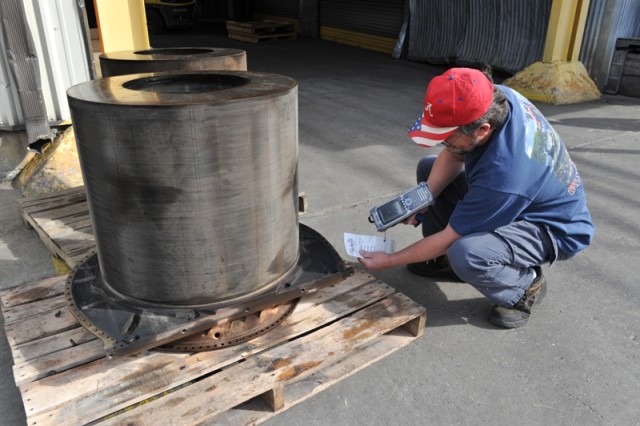
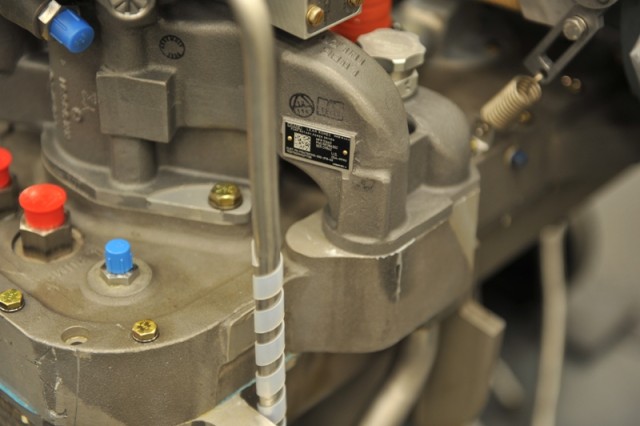
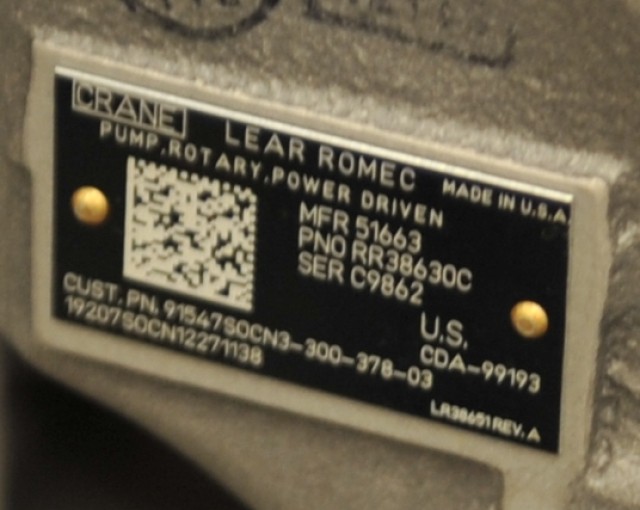
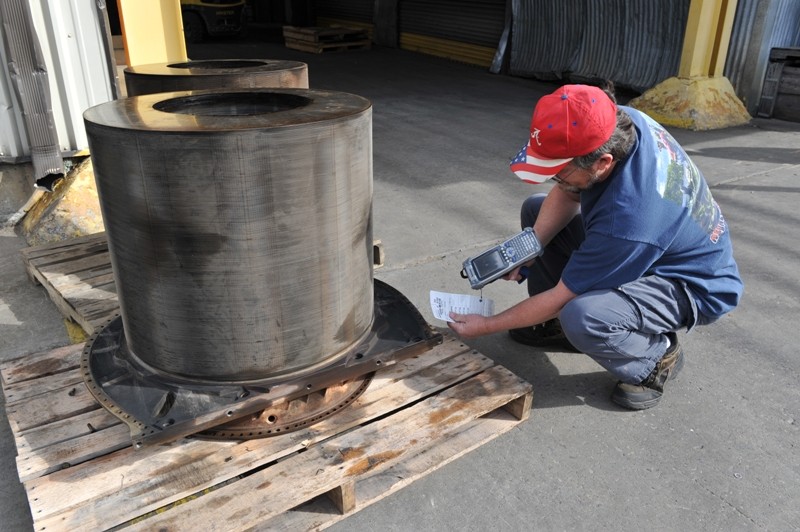
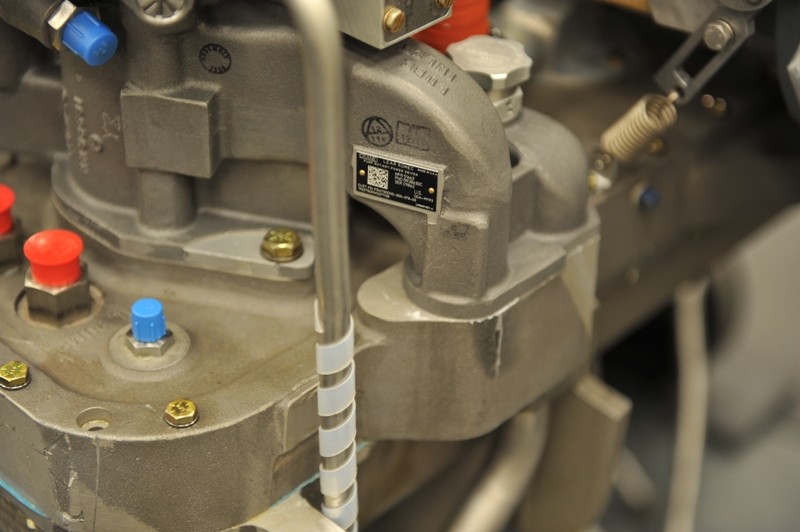
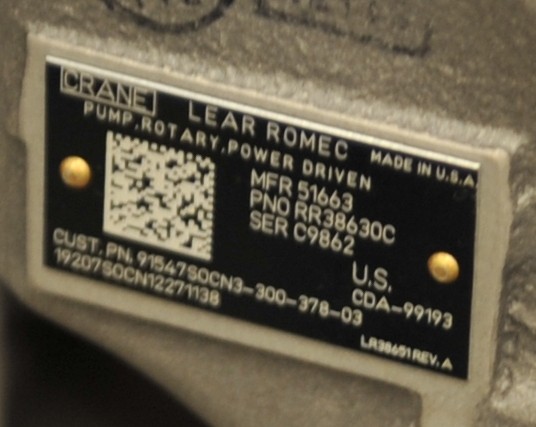
Social Sharing